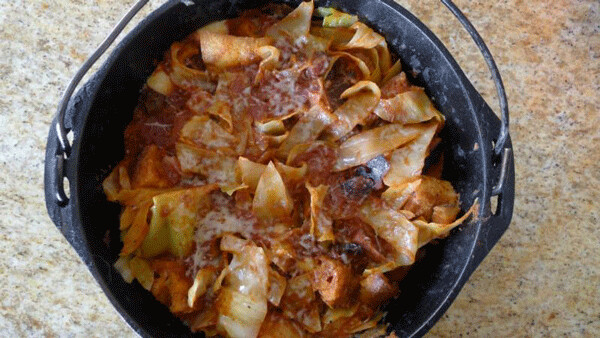News & Articles
Browse all content by date.

The hockey game on the irrigation pond at Steve and Luci’s farm was over, and we gathered inside and spoke of cabbage. Local demand was surging, Steve said, with a look of pleasant surprise. “Before Christmas we were selling 10 cases a week. Since the holidays we are up to 16.”
It’s no surprise cabbage would be a hot topic on a farm that feeds itself, and its community, through the long northern winter. Unlike potatoes, squash, beets, onion, and other winter foods, cabbage is a rare green leafy vegetable in the root cellar. Served cooked, raw, fermented or slawed, cabbage is versatile, delicious, crunchy and cheap. It should be popular, especially in winter, when fresh local chlorophyll is in short supply.
Murmurs filled the room of farmy hockey players, as we contemplated the consumption of all of that cabbage, and the question it begs: what are they doing with all of that cabbage? Are they making crocks of sauerkraut? Fish tacos? Stocking up for St. Paddy’s day?
The coleslaw du jour in the farmhouse was honey mustard, and had slices of sweet onion and shards of carrot. “Not my finest work,” admitted Luci, a blunt and wiry sprig of perpetual motion. While they always have a ready bowl of slaw, they eat a lot more cooked cabbage than raw. And her best rendition, by all accounts, is the ingloriously named “Red Glop.” The very mention of that terrible name invoked a purr from the decidedly non-wiry Steve, as if he had just remembered having a credit at the brewery.
“It’s a one-pot meal on the stovetop,” said Luci. She gave me the recipe, and when she got to the part where you add the stale (or toasted) bread, Steve, who fears no carb, swooned again. “Oh that stale bread thing. She is a master with stale bread.”
“Those chunks of stale bread are even better the next day,” he added. “I like to double down on that bread and put the leftovers on toast.”
The only thing wrong with Red Glop is the name. I prefer “Cabbage Parmesan,” because of how the bread, cheese and tomato sauce join forces to take over your belly, hitting the spot harder than a slap shot to the back of the net.
Cabbage Parmesan
Like eggplant or chicken parmesan, or pizza, for that matter, the core of this dish is the interaction between tomato, bread and cheese. The cabbage happens to be in the right place at the right time, and fits right in. Hopeless meat lovers can add ground beef. Umami-starved vegetarians can add sliced mushrooms.
Serves 6
2 tablespoons olive oil
3 cups onion, chopped
Optional: 1 pound ground beef or other meat and/or handful of mushrooms
1 28-ounce can crushed tomatoes
2 pounds cabbage (if you don’t have a scale, make note of the weight at the store and make a plan to cut off the right amount)
1 tablespoon fresh thyme (half that amount if dried)
1 tablespoon oregano (ditto)
3 cloves of garlic, cut crudely
½ teaspoon salt
½ teaspoon garlic powder
½ teaspoon ground pepper
8 inch section of sourdough baguette, or that amount of another white bread, cut into 1-inch cubes
1½ cup Parmesan, grated
Saute onions in the oil, along with the meat and/or mushrooms, if using, on medium heat in a heavy bottomed pot or deep skillet. While that’s happening, toast the bread chunks under the broiler on a cookie sheet.
Once the onions weep and cook down (about 10 minutes), add the crushed tomatoes, oregano, thyme, garlic, salt, pepper and garlic powder. Fill the tomato can with a cup of water, swirl it around to catch the remains, and add them to the pot.
While the meat and cabbage simmers, cut the cabbage into what Steve refers to as “egg noodles.” Cut off two-ish pounds of cabbage in one slice, and lay that semicircle face down on the cutting board. Cut the semicircle into wedges as you would an orange into wedges, slicing toward the center from various angles on the outside like 3D slices of pie. The cuts should be about a ½ inch apart.
Add the noodles and cook on medium low for about 30 minutes with the lid on, until the cabbage is completely tender. Gently fold in the bread cubes and cheese, and with the las pinch of cheese reserved for the top. Cook another 5 minutes and turn off the heat. Let sit, covered, for about 10 minutes, and serve.
As with other parmesan casseroles, this one is even better the next day. When reheating the dish, add a half cup of wine or stock and stir it minimally, so the bread won’t disintegrate.
| Tweet |


